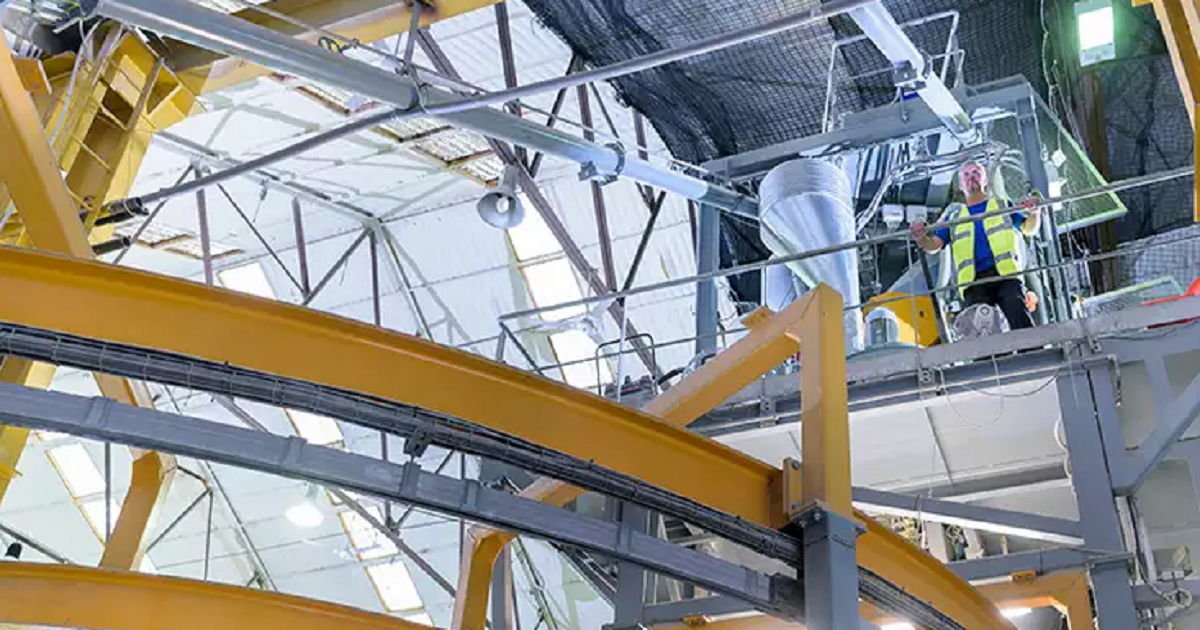Nokia Smart Manufacturing Summit reveals key digitalization concerns from manufacturers

A couple of weeks ago, I had the opportunity to host a Smart Manufacturing Summit for the North American manufacturing and supply chain industries.
We invited a broad cross-segment of manufacturing and logistic companies to participate along with our partner consultants, system integrators, VARs, service providers and OEMs in targeted 90-minute sessions held over three days from August 25-27, 2020. Each of the three webinar sessions focused on a specific topic:
Day 1 - 5G and the Future of Manufacturing, featuring Raghav Sahgal, President of Nokia Enterprise, and Marcus Weldon, President of Nokia Bell Labs.
Day 2 - Industrial-grade 4G/5G private wireless with live robotics demonstrations, high-value use cases and a discussion on spectrum options.
Day 3 – A tour of the World Economic Forum (WEF) Global Lighthouse award-winning Nokia Conscious factory of the future, round-table panel discussions with industry experts.
If you’re interested in watching any of these sessions on-demand, you can register here.
The audience participation in the question and answer period and round-table panel discussions were highly engaging. We had excellent questions and discussion involving the practicalities of deploying 5G in manufacturing and which of the dozens of digital transformation use cases really will benefit from the use of either 4G or 5G.
On Day 1, there was a question asked on whether 5G in manufacturing will only be deployed for specific use cases where ultra-low latency and high-reliability are required.
Marcus Weldon, Nokia CTO, and Bell Labs President, responded that in the end 5G will be required to support manufacturing industrial applications because of its orders of magnitude improvements in capacity, scalability, and performance over what currently exists in wireless networks today. Manufacturers can start with deploying a 4.9G for many use cases in which the network performance is better than Wi-Fi for many mission-critical operations.
As the 5G eco-system matures and costs come down, 5G, together with edge cloud computing, will be the infrastructure of choice for manufacturers to support local LAN campus requirements for digitalizing manufacturing operations. And, 5G will also become the WAN technology of choice to inter-connect campus LANs to other cloud networks and non-real-time applications and their vendor’s supply chain/logistics operations end-to-end.
On Day 2, Stephane Daeuble, Enterprise Marketing Solutions Director, answered a question on the cost and performance of upgrading an existing Wi-Fi5 network to Wi-Fi6 compared to the deployment of an overlay private wireless network.
He said there is a common misperception in the industry that the cost of deploying a 4.9G private network is much more expensive than a Wi-Fi network. But, when you take into consideration the coverage area improvement, particularly in supporting outdoor campus use cases, the significant increase in both connectivity per small cell, and the increase in bandwidth capacity and spectral efficiency, the cost of deploying a private wireless network is less than upgrading a Wi-Fi network to Wi-Fi6 for many use cases. Daeuble noted a new web-based TCO tool where manufacturing customers can engage with Nokia to input their data and see for themselves. A sample of the TCO calculator tool is available here.
On Day 3, there was a lively panel discussion on 5G Factory of the Future: Challenges and Opportunities with a diverse range of subject matter experts including Gary Hill, Future Technologies; Shankar Nagarajan, DXC; David Vasquez, Verizon Business; and Heikki Romppainen, Nokia where there was some debate on how significant an impact 5G will be in manufacturing.
While all agreed that 5G would be adopted in manufacturing, but the timeline for its adoption and how long it will take to replace other wireless technologies was less certain.

















Tag